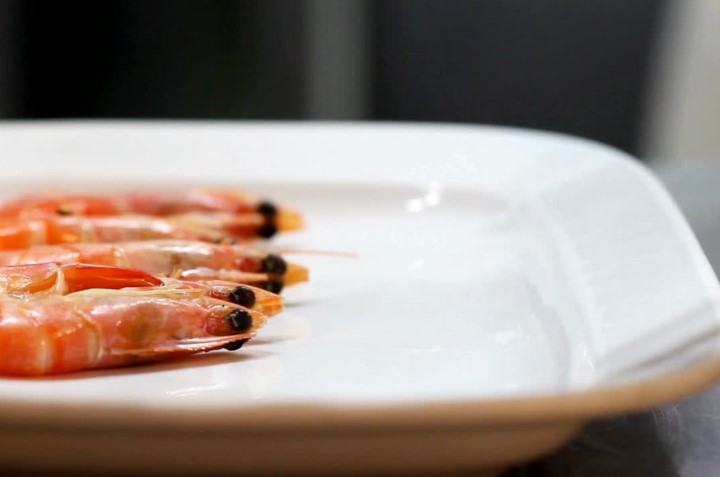If you’re anything like me and can’t resist the tasty allure of shrimp, you might find yourself wondering: how long can these little gems hang out in the fridge? Well, you’re in the right place! We’re going to talk all about the shelf life of shrimp in the fridge – no fuss, just the facts.
So, let’s dig in and find out how to keep our food tasting its best!
Shrimp Freshness
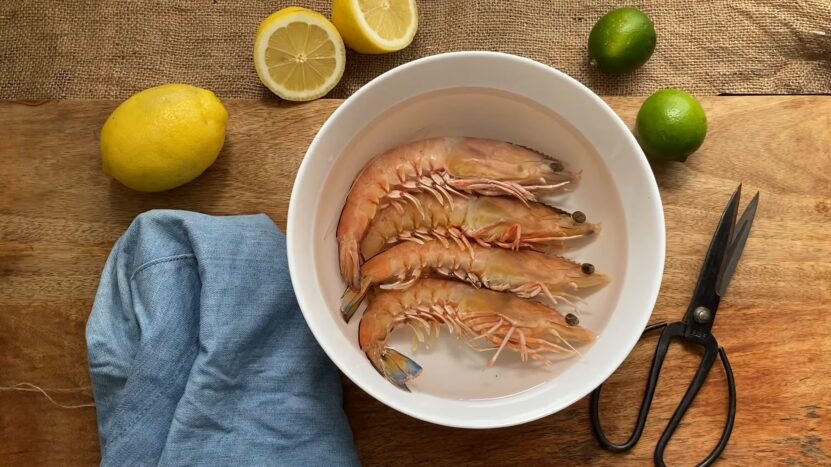
The freshness of shrimp is paramount, not just for taste but also for health reasons.
Appearance and Texture
Fresh shrimp boasts a translucent and shiny appearance, reminiscent of clear ocean waters. They should be firm to the touch, indicating their freshness. Black spots on their shells, often mistaken as mere blemishes, can be a sign of age or mishandling.
Texture-wise, fresh crustaceans have a certain resilience. When pressed, they should spring back, indicating their freshness. If they feel mushy or have a slimy coat, it’s a clear sign that they’re past their prime or have been stored improperly.
Smell
The aroma of shrimp is a reliable indicator of its freshness. Ideally, they should exude a mild, ocean-like scent, reminiscent of the sea breeze. A strong, ammonia-like odor is a red flag, signaling that the crustaceans are no longer fresh and should be discarded immediately.
Raw Shrimp’s Shelf Life
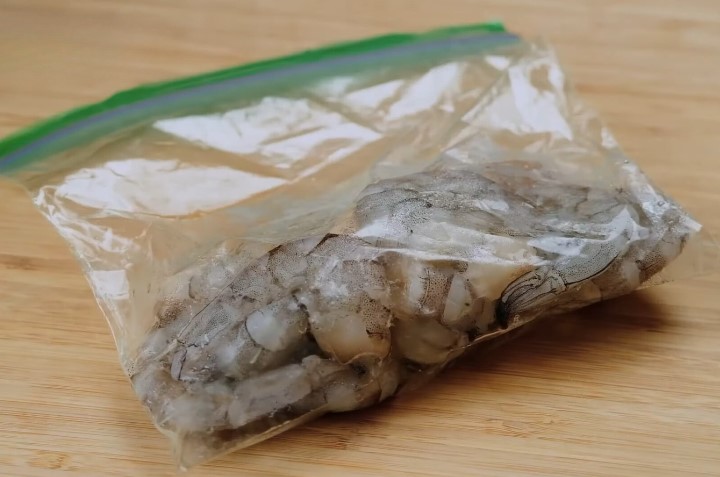
The shelf life of raw crustaceans is a pivotal consideration, especially if you’re not planning to cook them immediately.
In the Fridge
In the cool confines of a refrigerator, raw shrimp can last for about 1-2 days. It’s vital to keep them in their original packaging or a tightly sealed container to ward off contaminants and maintain their freshness.
However, if you’ve purchased a bounty of crustaceans and can’t consume them within this window, freezing is your best bet. This not only extends their shelf life but also ensures they remain safe to eat.
In the Freezer
When frozen, shrimp can comfortably last up to 6 months without any significant degradation in quality. To prevent freezer burn and maintain their texture, store them in airtight containers or heavy-duty freezer bags.
Cooked Shrimp’s Shelf Life
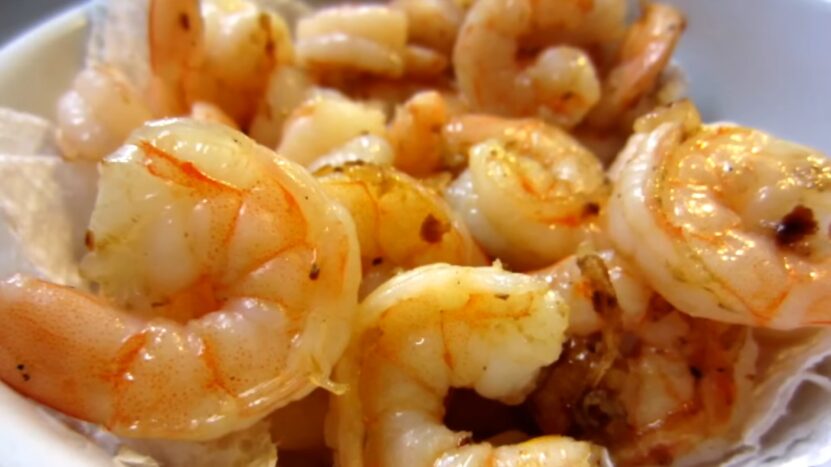
Cooked crustaceans, having undergone a transformation, have a different shelf life compared to their raw counterparts.
Fridge
Once cooked, shrimp can comfortably reside in the refrigerator for 3-4 days. Using shallow, airtight containers is key to retaining their flavor and preventing them from drying out. It’s worth noting that reheating crustaceans multiple times can degrade their texture and flavor. Always reheat only the portion you intend to consume.
Freezer
If you’ve prepared a large batch of shrimp delicacies and can’t consume them within a few days, freezing is a viable option. Properly stored, cooked crustaceans can last up to 2-3 months in the freezer, ready to be enjoyed at a later date.
How to Thaw The Shrimp Safely?
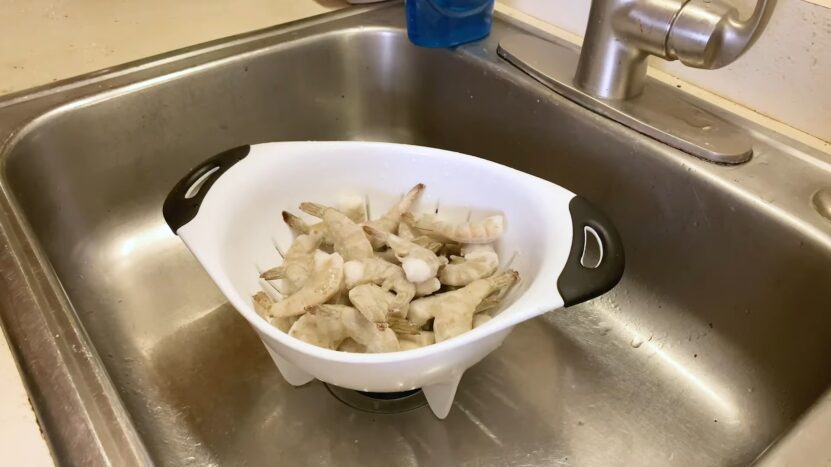
Thawing shrimp correctly is as crucial as storing them. Proper thawing ensures they remain safe to eat and retain their delectable texture.
Refrigerator Method
The refrigerator method is the safest way to thaw shrimp. By placing the frozen crustacean in a bowl and letting them thaw slowly overnight, you ensure they remain at a safe temperature, reducing the risk of bacterial growth.
Cold Water Method
For those spontaneous culinary endeavors, the cold water method comes to the rescue. By placing the shrimp in a sealed plastic bag and submerging the bag in cold water, you can expedite the thawing process. Remember to change the water every 30 minutes to ensure even thawing.
Depending on the size and quantity, this method can take anywhere from 1-2 hours.
Signs of Spoiled Shrimp
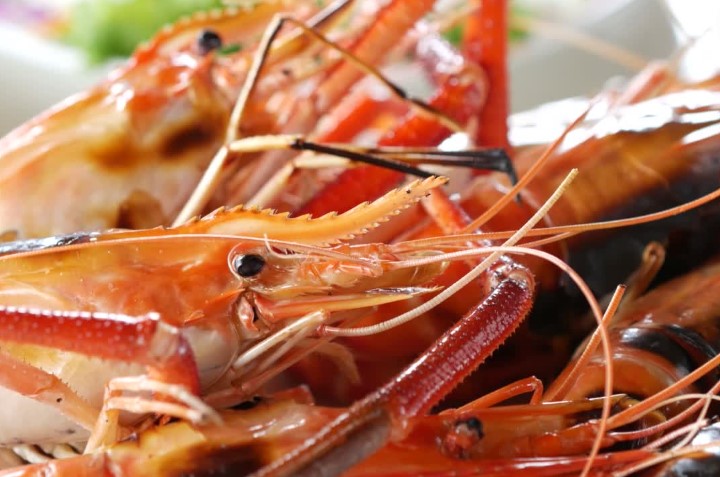
Recognizing the signs of spoiled shrimp is essential to ensure you don’t fall prey to foodborne illnesses.
Odor and Appearance
As reiterated earlier, an ammonia-like smell is a clear sign of spoilage. Additionally, if the crustaceans lose their luster, appearing dull or developing a yellowish hue, it’s best to err on the side of caution and discard them.
Texture
A change in texture is another telltale sign. Spoiled shrimp can become slimy or excessively mushy. If you encounter such a texture, it’s a clear indication that they’re no longer safe to consume.
Tips for Proper Storing
Maximizing the shelf life hinges on proper storage. Here are some expert tips to ensure your crustacean remains fresh for longer.
Use Ice
If immediate cooking or freezing isn’t on the cards, consider storing shrimp on a bed of ice in the refrigerator. This mimics their natural environment, keeping them at an optimal temperature and prolonging their freshness.
Avoid Cross-Contamination
Safety first! Always store raw crustaceans away from ready-to-eat foods. Dedicate separate cutting boards and utensils for shrimp and other foods. This simple practice can prevent cross-contamination and potential foodborne illnesses.
Health Benefits
Beyond their tantalizing taste, shrimp are a treasure trove of health benefits.
| Health Benefits | Description |
|---|---|
| High in Protein | Shrimp is a fantastic source of protein, aiding in muscle repair and overall growth. |
| Low in Calories | With minimal calories, shrimp is a great choice for those looking to manage their weight. |
| Rich in Nutrients | Shrimp packs essential nutrients like vitamin B12, iodine, selenium, and phosphorus. |
| Omega-3 Fatty Acids | These healthy fats in shrimp contribute to heart health and may help reduce inflammation. |
| Antioxidant Content | Shrimp contains astaxanthin, an antioxidant that supports skin health and immunity. |
| Source of Minerals | Shrimp provides minerals like zinc and copper, vital for various bodily functions. |
Nutrients
Shrimp are a nutritional powerhouse. Low in calories yet rich in essential nutrients, they offer a generous dose of protein, selenium, and vitamin B12, among other vital nutrients.
Heart Health
Crustaceans are a heart’s best friend. Rich in omega-3 fatty acids, they promote heart health. Regularly including crustaceans in your diet can help reduce the risk of heart disease and improve overall cardiovascular health.
FAQs:
Can I store shrimp in the fridge if it was left out briefly?
If the crustacean has been left out for less than 2 hours, it’s generally safe to refrigerate. If longer, discard it.
Is it necessary to remove the shell before storing it in the fridge?
It’s not necessary, but removing the shell can help extend the shelf life as the shell can trap moisture.
Are there any specific guidelines for storing pre-cooked shrimp from a restaurant?
Store pre-cooked restaurant crustaceans in the fridge within 2 hours of purchase and consume within 3 to 4 days for best quality.
Is it safe to eat shrimp with freezer burn?
While crustacean with freezer burn isn’t harmful, it can affect taste and texture. Trim off the affected parts before cooking.
Can I vacuum-seal shrimp before storing it in the fridge?
Vacuum-sealing can help extend shelf life, but be careful not to crush delicate shrimp.
Conclusion
In conclusion, keeping your shrimp fresh in the fridge is all about staying mindful of time. Just like we all have our best days, so does crustacean! By following a few simple guidelines, you can savor the flavor and avoid any seafood mishaps.
Remember, a little awareness goes a long way in ensuring your shrimp stays delicious and safe to enjoy. Happy cooking and happy eating!
